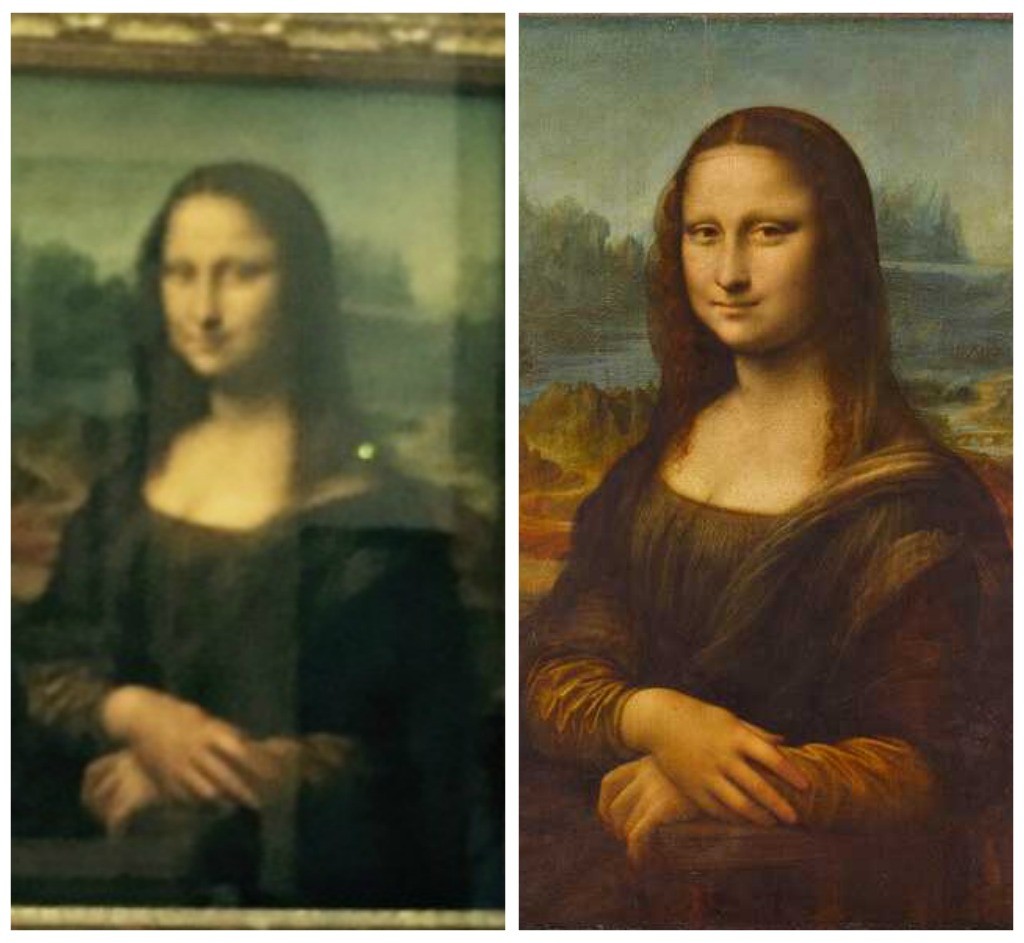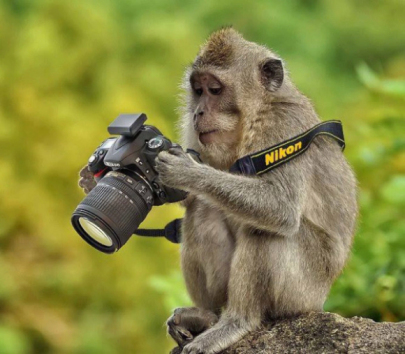
Dear BURNAWAY,
I curated a group show recently, and a local magazine is publishing a review of it. (Yippee!) The writer asked me to send two hi-res images of artwork and an installation shot. I want to do this right, seeing as the last couple of times I sent images out, it was a total nightmare and ended in numerous miscommunicative emails and lots of stress. As embarrassing as it is to admit, I feel like I still don’t have a clear grasp of what I’m supposed to be looking for when it comes to image files. Can you please break down how I should go about this? What guidelines should I tell the artists so they send me correctly sized images? Thank you so so so much!
Flashy-Fine in Tennessee

Dear Flashy-Fine,
I’m about to go all technical on you because this is not just your problem, but an epidemic in the art world at large. After working on the gallery side of things and on the publication side of things, I’ve found that there is a huge fog of confusion around the requirements and etiquette regarding the dissemination of artwork images.
Before we get into the specifics of photo files and image quality, let’s begin with a little note about timeliness. Here, both artists and galleries are at fault. So I’m going to go out on a limb and call for a standard practice. A timeline that, in most cases, would be pretty excellent if all parties adhered to.
Galleries/curators: have at least three hi-res images of featured artworks three weeks before the opening date, or when press releases are sent. Print publications have a longer lead time than online outlets, but even online magazines often plan and schedule posts well in advance of their actual posting. Then, have at least two hi-res installation images BEFORE the show opens. Especially if it is a group show. That way, if a writer decides to review the show and asks for install images, it’s a no-hassle kind of thing.
So artists (in solo or group shows), you should finish and photograph at least some work several weeks before the show opens and send it to the gallery. This will give you a better chance of having your artwork published. If you can, get in the habit of photographing all of your work before it goes to the gallery.
Next, let’s talk quality.
Rule #1: No iPhones. No matter how good the photo looks on your little phone’s screen—it’s not. Phones are great for uploading stuff to Facebook, Flickr and your blog. But not when we’re talking publications. So don’t even.
Rule #2: Mandatory Tripod. Your camera must be very still, and you are a breathing, living thing who’s in constant motion. Holding your breath doesn’t cut it, either. If you don’t have access to a tripod, find a flat, stable surface the camera can rest on.
Rule #3: Good Quality. That means well lit, at straight-on angle, and in focus. You need soft, bright light. Avoid direct, harsh lighting as it can distort colors and cast weird shadows. If you can, photograph your work outdoors on an overcast day; this is by far the easiest. If you’re indoors, find a big window letting in diffuse, natural sunlight. Cut off all the lamps and overhead lights; they are a different color and will not mesh well with the natural light. Never use a flash.

Find an all-white or neutral background; nothing besides the artwork should be in the frame. You want to zoom in as tight on your work as possibly, cropping out as much as you can in frame so you get the best resolution possible. Make sure the camera is facing the work at a direct, straightforward angle. You don’t want to be looking up or down at the work, as that will skew the image. Check that your image is in sharp focus. If it looks even slightly blurry, refocus and try to correct it. Take several shots of each piece, you’ll thank yourself later. For most cameras, you’ll need an ISO of 100-200. You may have to play around with the exposure and white balance to make sure you get an image that is closest to what your eye sees.
Next, download your images, choose the best one, and crop out the background so that you only see your image. Be meticulous with this until you have a clean edge on all sides. Don’t crop into it compositionally and if you need to adjust the contrast, color, or other elements of the image, don’t overdo it. An altered artwork image is a major faux-pas. The image should be a faithful representation of the artwork, not a work of art in itself.
Now, publications have different requirements for online and print. Generally hi-res JPEGs are best for online use and TIFF files are best for print use, as they are significantly larger and contain more visual info. For online, a JPEG should be at least 1 MB, 1,000+ pixels. This allows them to resize it to whatever they need for their web layout. Maybe they’ll make it way smaller, but that’s their prerogative. You just need to provide something big enough so that they have options. For print images, use TIFF files if you can, and make sure the resolution is 300 dpi at the requested size (8 by 10, 4 by 5, etc.). If using a JPEG for print, it should be about 3-4 MB in size.
Now, a lot of these puppies are too big to send via email. So you’re going to need to get familiar with other transfer services. Dropbox, Google Drive, weTransfer, YouSendIt, and Hightail are all great. Pick your favorite and learn to send images through those sites.
Finally, never send an image without a caption or title info. Oh, they didn’t ask for that? Doesn’t matter, include it. Because it’ll come up eventually. What may look obvious to you does not necessarily look obvious to others. For an artwork, include “Artist, Title, date, medium, size. Collection/courtesy of whomever.” For an installation shot, include “Installation, exhibition title, Gallery, date. Photo by whomever.”
Whew, I think that about covers it.
Sara Estes is a writer and curator based in Nashville, Tennessee. She currently works at David Lusk Gallery and is the former gallery coordinator for the Carl Van Vechten and Aaron Douglas Galleries at Fisk University. She is also the apprentice to renowned paintings conservator Cynthia Stow of Cumberland Art Conservation. Estes is the cofounder and curator of the Nashville-based contemporary exhibition space, Threesquared. Her writing and art criticism has been featured in numerous publications, including BURNAWAY, Number, Nashville Scene, Nashville Arts Magazine, ArtsNash, and ArtNow.




